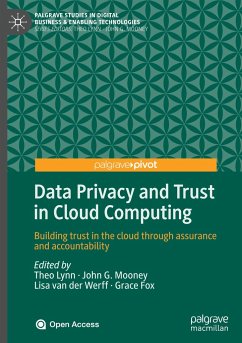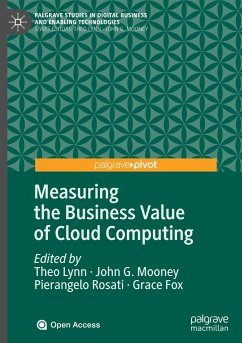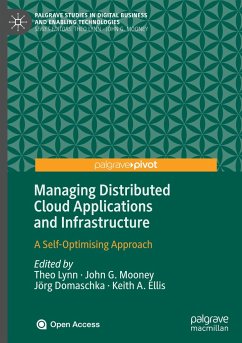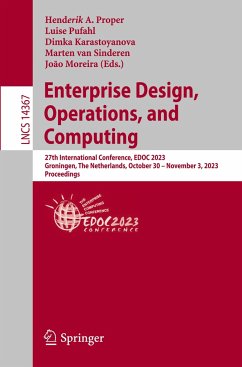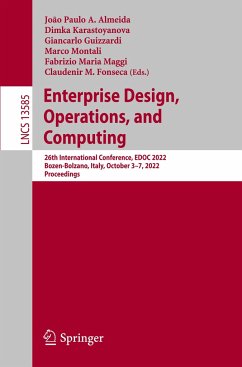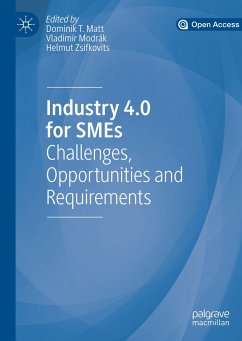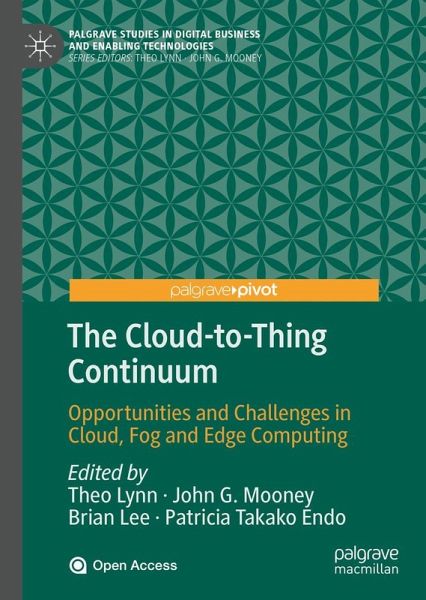
The Cloud-to-Thing Continuum
Opportunities and Challenges in Cloud, Fog and Edge Computing
Herausgegeben: Lynn, Theo; Mooney, John G.; Lee, Brian; Endo, Patricia Takako
Versandkostenfrei!
Versandfertig in 6-10 Tagen
38,99 €
inkl. MwSt.

PAYBACK Punkte
19 °P sammeln!
The Internet of Things offers massive societal and economic opportunities while at the same time significant challenges, not least the delivery and management of the technical infrastructure underpinning it, the deluge of data generated from it, ensuring privacy and security, and capturing value from it.This Open Access Pivot explores these challenges, presenting the state of the art and future directions for research but also frameworks for making sense of this complex area. This book provides a variety of perspectives on how technology innovations such as fog, edge and dew computing, 5G netw...
The Internet of Things offers massive societal and economic opportunities while at the same time significant challenges, not least the delivery and management of the technical infrastructure underpinning it, the deluge of data generated from it, ensuring privacy and security, and capturing value from it.
This Open Access Pivot explores these challenges, presenting the state of the art and future directions for research but also frameworks for making sense of this complex area. This book provides a variety of perspectives on how technology innovations such as fog, edge and dew computing, 5G networks, and distributed intelligence are making us rethink conventional cloud computing to support the Internet of Things. Much of this book focuses on technical aspects of the Internet of Things, however, clear methodologies for mapping the business value of the Internet of Things are still missing. We provide a valuemapping framework for the Internet of Things to address this gap. While there is much hype about theInternet of Things, we have yet to reach the tipping point. As such, this book provides a timely entrée for higher education educators, researchers and students, industry and policy makers on the technologies that promise to reshape how society interacts and operates.
This Open Access Pivot explores these challenges, presenting the state of the art and future directions for research but also frameworks for making sense of this complex area. This book provides a variety of perspectives on how technology innovations such as fog, edge and dew computing, 5G networks, and distributed intelligence are making us rethink conventional cloud computing to support the Internet of Things. Much of this book focuses on technical aspects of the Internet of Things, however, clear methodologies for mapping the business value of the Internet of Things are still missing. We provide a valuemapping framework for the Internet of Things to address this gap. While there is much hype about theInternet of Things, we have yet to reach the tipping point. As such, this book provides a timely entrée for higher education educators, researchers and students, industry and policy makers on the technologies that promise to reshape how society interacts and operates.





